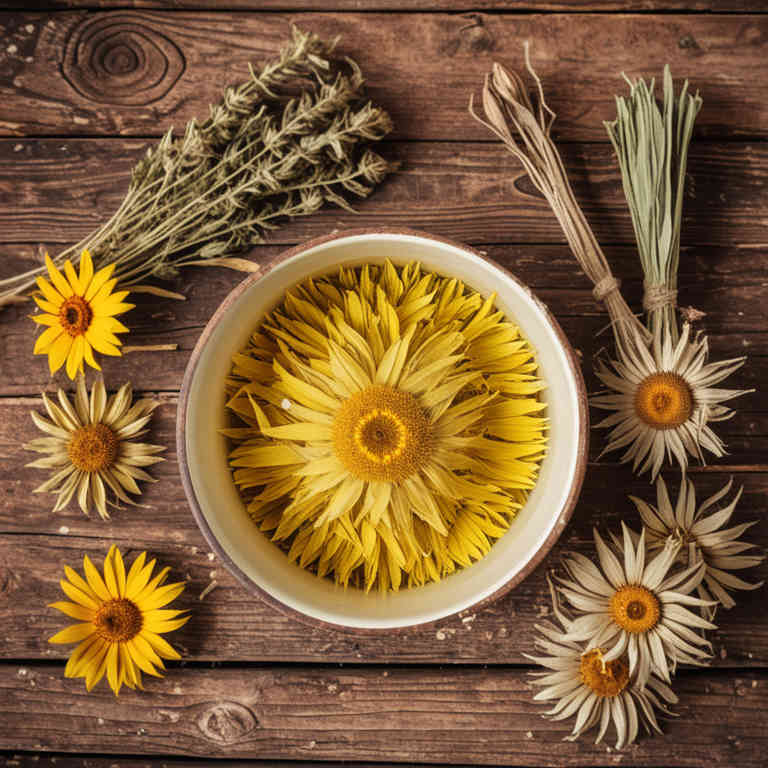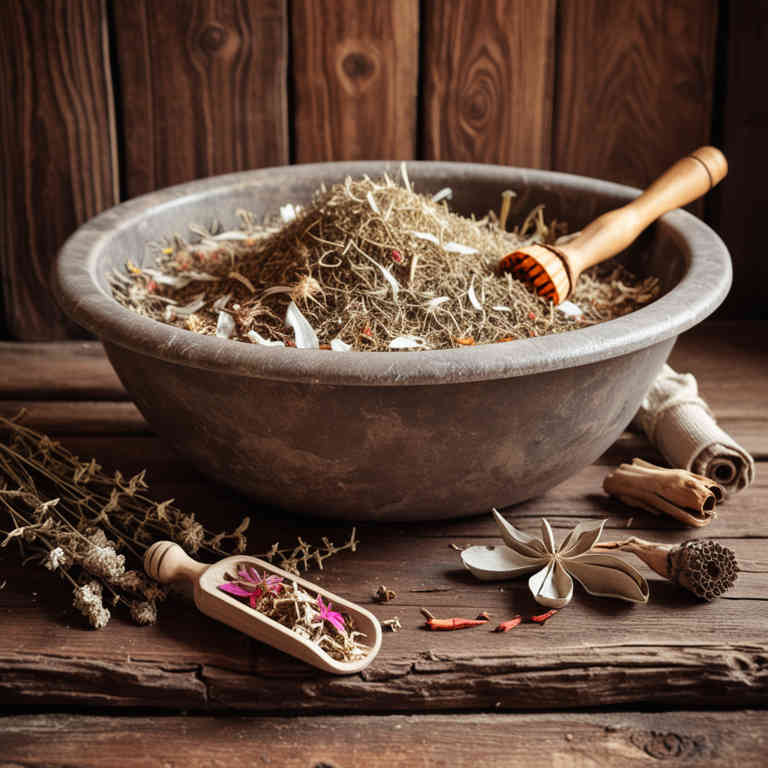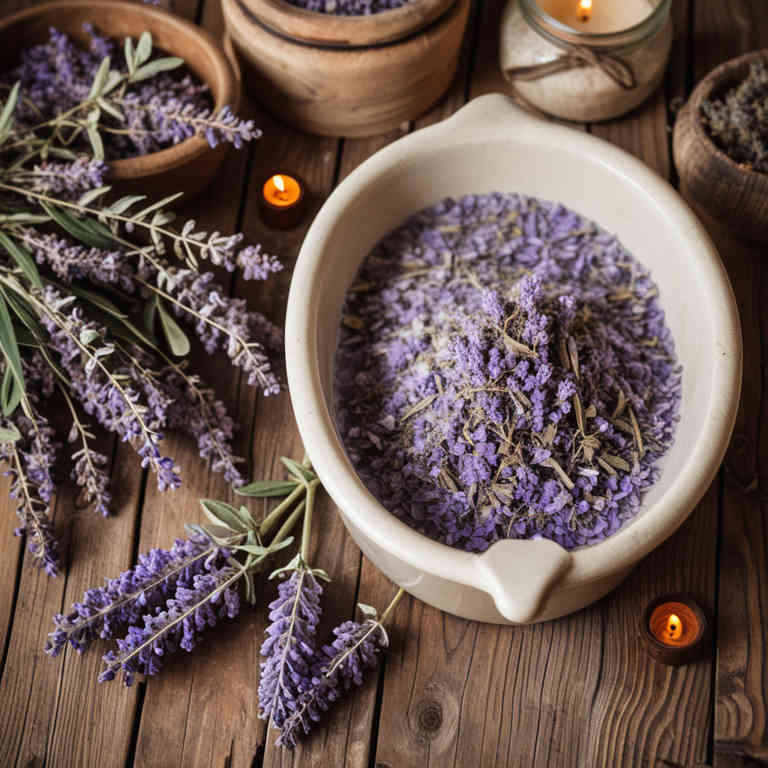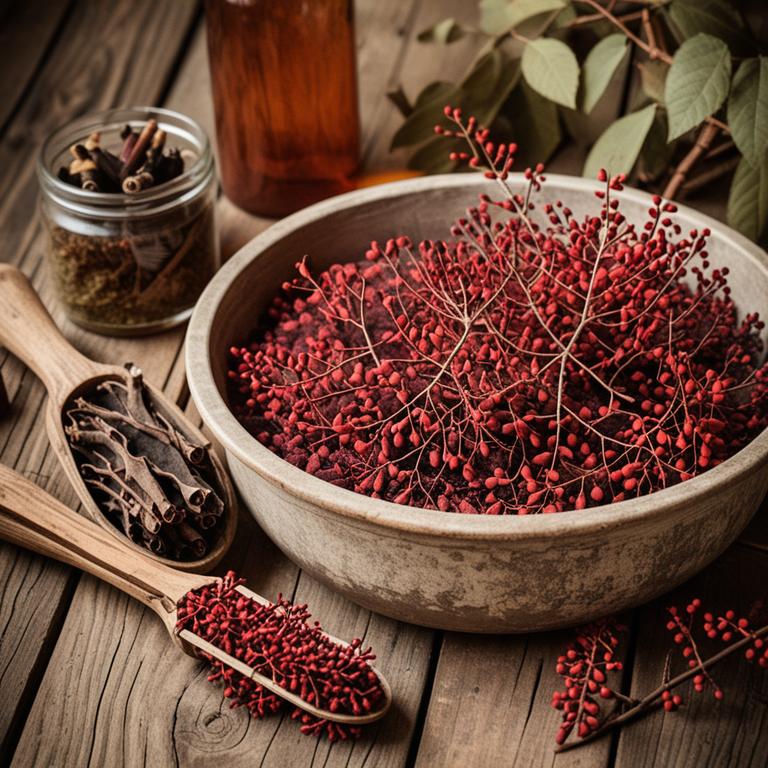10 Best Herbal Baths For Leg Pain

Herbal baths can be an effective natural remedy for alleviating leg pain by promoting relaxation and reducing inflammation.
Common herbs used in these baths include lavender, eucalyptus, chamomile, and peppermint, each offering unique therapeutic benefits such as soothing muscle tension and improving circulation. Soaking in a warm herbal bath for 15 to 30 minutes can help ease discomfort associated with conditions like arthritis, varicose veins, or muscle strain. To prepare the bath, simply add a few drops of essential oils or a handful of dried herbs to warm water and stir well.
Regular use of herbal baths may contribute to long-term relief and overall well-being for individuals suffering from chronic leg pain.
FREE Herb Drying Checklist
How to make sure every batch retains maximum flavor, color, and aroma without the risk of mold or over-drying. Eliminate guesswork and trial-and-error, making herb drying faster, easier, and more efficient every time.
Table of Contents
1. Equisetum arvense

Equisetum arvense, commonly known as field horsetail, has been traditionally used in herbal baths to alleviate leg pain due to its high concentration of silica and anti-inflammatory properties.
When infused into water, the bath helps to reduce swelling and stiffness in the legs, making it particularly beneficial for individuals suffering from conditions like arthritis or varicose veins. The warming effect of the bath also promotes blood circulation, which can ease muscle tension and improve overall leg health. Many users report a soothing sensation that not only relieves pain but also relaxes the body.
However, it is important to consult a healthcare professional before using equisetum arvense baths, especially for those with existing medical conditions or allergies.
2. Hypericum perforatum

Hypericum perforatum, commonly known as St. John's Wort, has been traditionally used in herbal baths to alleviate leg pain, particularly associated with conditions like arthritis or muscle soreness.
When infused into warm water, the active compounds in St. John's Wort, such as hyperforin and hypericin, may have anti-inflammatory and analgesic properties that help reduce discomfort. A typical herbal bath involves soaking the legs for 15 to 30 minutes, allowing the skin to absorb the beneficial compounds. While some individuals report significant relief from this natural remedy, it is important to consult a healthcare provider before use, especially if taking medications, due to potential interactions.
Overall, St. John's Wort baths offer a soothing and accessible option for those seeking natural relief from leg pain.
3. Arnica montana

Arnica montana herbal baths are a traditional remedy used to alleviate leg pain, particularly from conditions such as muscle strain, arthritis, or sports injuries.
The plant, known for its anti-inflammatory and analgesic properties, is often added to warm water to create a soothing soak that promotes relaxation and reduces discomfort. When applied topically through a bath, arnica is believed to improve circulation and reduce swelling in the affected areas. Many people find that soaking in an arnica bath for 15 to 20 minutes several times a week provides significant relief.
However, it is important to note that arnica should not be used on open wounds or sensitive skin, and consulting a healthcare professional is recommended before use.
4. Lavandula angustifolia

Lavandula angustifolia, commonly known as English lavender, is often used in herbal baths to alleviate leg pain due to its soothing and anti-inflammatory properties.
When infused into bath water, lavender essential oil or dried lavender flowers can help relax muscles and reduce tension in the legs. The calming aroma of lavender also promotes relaxation and may help ease the symptoms of conditions like arthritis or muscle strain. Taking a lavender-infused bath regularly can provide a natural, gentle relief for those suffering from chronic leg discomfort.
This traditional remedy is a safe and accessible option for those seeking a holistic approach to managing leg pain.
5. Urtica dioica

Urtica dioica, commonly known as stinging nettle, has been traditionally used in herbal baths to alleviate leg pain, particularly associated with conditions like arthritis or muscle soreness.
When prepared as a bath, the plant's leaves are simmered in water to release their medicinal compounds, such as flavonoids and minerals, which may help reduce inflammation and soothe painful joints. The warming effect of the bath can improve circulation and relax tense muscles, offering relief from chronic leg discomfort. Some studies suggest that the anti-inflammatory properties of stinging nettle may contribute to its effectiveness in easing pain and promoting healing.
However, it is important to dilute the nettle infusion properly to avoid skin irritation and consult a healthcare provider before use, especially for those with sensitive skin or existing medical conditions.
6. Salvia officinalis

Salvia officinalis, commonly known as sage, has been traditionally used in herbal baths to alleviate leg pain due to its anti-inflammatory and analgesic properties.
When infused into bath water, sage can help reduce swelling and soothe muscle aches associated with conditions like arthritis or muscle strain. The aromatic compounds in sage may also promote relaxation and improve circulation, further supporting relief from leg discomfort. To prepare a sage bath, simply steep fresh or dried sage leaves in hot water for several minutes before adding it to a warm bath.
Regular use of sage-infused baths can be a natural and soothing alternative for those seeking relief from persistent leg pain without pharmaceutical intervention.
7. Zingiber officinale

Zingiber officinale, commonly known as ginger, has been traditionally used for its therapeutic properties, including its potential to alleviate leg pain when incorporated into herbal baths.
The active compounds in ginger, such as gingerol and shogaol, possess anti-inflammatory and analgesic effects that may help reduce discomfort and swelling in the legs. To prepare a ginger herbal bath, fresh or dried ginger root can be boiled and added to warm water, allowing the beneficial compounds to be absorbed through the skin. Regular use of such baths may provide relief for conditions like muscle soreness, arthritis, or poor circulation affecting the legs.
While herbal baths are generally safe, it is advisable to consult a healthcare provider before using them, especially for individuals with sensitive skin or underlying health conditions.
8. Vitex agnus-castus

Vitex agnus-castus, also known as chaste tree, is often used in herbal baths to alleviate leg pain due to its potential anti-inflammatory and circulatory benefits.
When infused into bath water, the essential oils and compounds from vitex may help reduce swelling and improve blood flow in the legs. This natural remedy is particularly beneficial for individuals experiencing pain from conditions like varicose veins, restless leg syndrome, or minor musculoskeletal issues. To prepare the bath, steep a handful of dried vitex leaves in hot water for several hours, then add the infused water to a warm bath.
Regular use of vitex herbal baths may offer a soothing and supportive approach to managing leg discomfort.
9. Achillea millefolium

Achillea millefolium, commonly known as yarrow, has been traditionally used in herbal baths to alleviate leg pain due to its anti-inflammatory and analgesic properties.
When infused into warm water, yarrow can help reduce swelling and soothe muscle aches, making it beneficial for conditions like arthritis or minor injuries. The essential oils in yarrow, such as chamazulene and bisabolol, contribute to its soothing effects on the skin and underlying tissues. To prepare an herbal bath, simply steep a handful of dried yarrow in hot water for several minutes, then add the infusion to a tub of warm water before soaking the affected legs.
Regular use of yarrow baths may provide natural relief and promote overall leg comfort, though it is advisable to consult a healthcare professional for persistent or severe pain.
10. Rhus toxicodendron

Rhus Toxicodendron, also known as poison ivy, is a herbal remedy that has been traditionally used for its anti-inflammatory and analgesic properties.
When used in herbal baths, it can help alleviate leg pain by reducing inflammation and soothing irritated skin. The preparation involves steeping the dried leaves or roots in warm water to create a therapeutic bath solution. This method is particularly beneficial for individuals suffering from conditions like arthritis or muscle strain affecting the legs.
However, it is important to consult a healthcare professional before using Rhus Toxicodendron, as it can cause allergic reactions in some individuals.